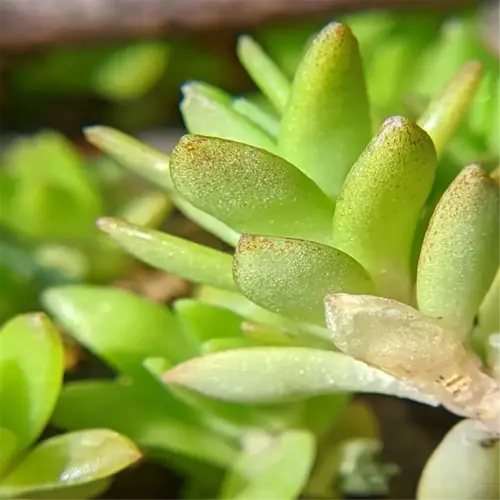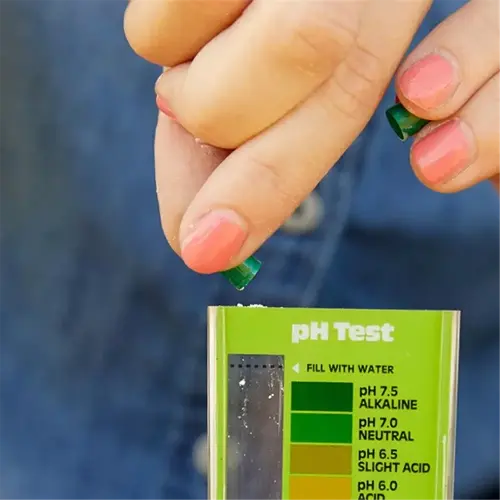What predatory insects control spider mites?

Written by
Tina Carter
Reviewed by
Prof. Martin Thorne, Ph.D.Spider mites can damage plants quickly after infestation. Spraying chemicals can affect beneficial insects around the plants. Predatory insects can be targeted solutions to spider mite infestations. Three predatory insect species that stand out include Phytoseiulus persimilis, Stethorus picipes, and green lacewings. Predatory insects can feed on spider mites in all life stages. If possible, use one of these predatory insects to manage spider mites.
Phytoseiulus persimilis
- Release rate: 2,000 per 1,000 sq ft for heavy infestations
- Optimal humidity: 60-80% (mist plants pre-release)
- Targets: All spider mite stages, preferring eggs and nymphs
Stethorus picipes
- Daily consumption: 20-30 mites per beetle
- Deployment: Introduce near webbing hotspots
- Lifespan: 4-6 weeks of active hunting
Green Lacewings
- Larvae usage: 10-15 per plant
- Egg placement: Near mite colonies
- Effectiveness: 90% egg destruction rate
To attain optimal results, I'm a firm upholder of the idea of releasing predators at dusk. Slightly cooler temperatures reduce the stress of transport to the site. I've observed the survival rate of newly released predators almost double when I pre-misted the release area. Do not use broad-spectrum pesticides, 3 weeks before or after release. I also suggest using 40% shade cloth on all sides, since mites don't like indirect light for themselves or their prey.
Keep track of developments with 10x hand lenses. Check for hollow mite carcasses and active predators. If damage persists after two weeks, redistribute Stethorus beetles every 14 days. Lacewing larvae are best suited for related enclosed environments such as greenhouses. Modify strategies for your climate and crop type.
Read the full article: Spider Mite Control: Proven Strategies for Healthy Plants

